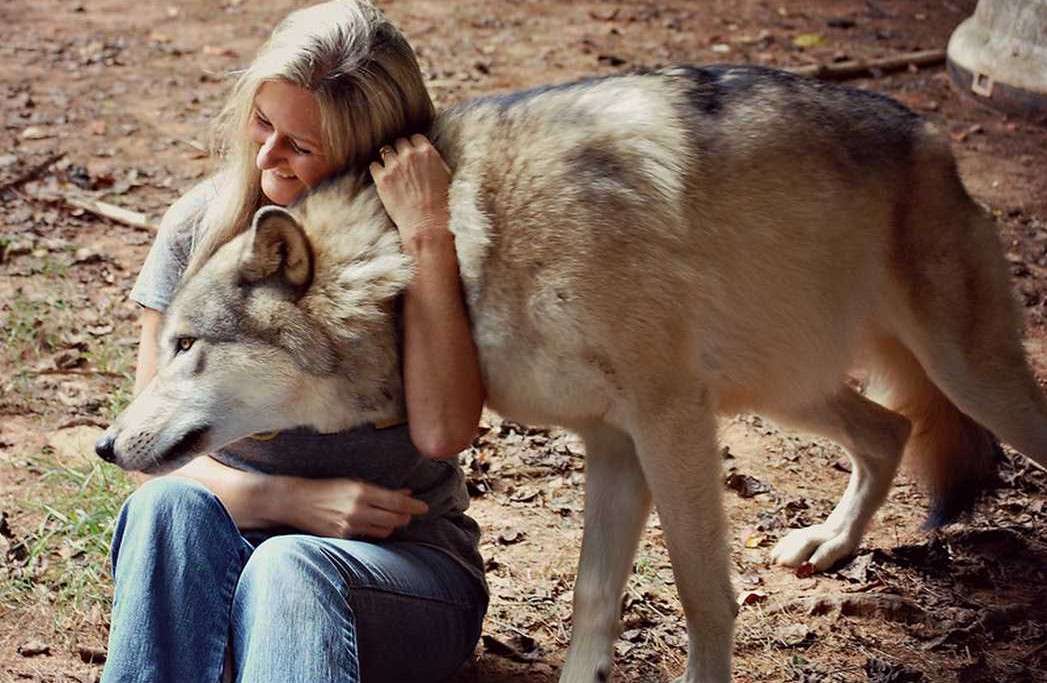Police Dog That Saved 38 Lives During 8-year Career is Honored for Bravery-And Now Gets to Play on the Beach
A German Shepherd police dog that rescued 38 people during an 8-year career has been honored at the Thin Blue Paw Awards gala last week.

Wolves could be man's best friend too, a new study reveals, or at least that wolves were man's best friend before we turned them into dogs.
Scientists from the cold north proved that wolves can distinguish between strangers and people they know, and show much more affection to those familiar to them.
What's more, the familiar person can help calm them down in stressful situations.
Their reactions show that an attachment prior to domestication 15,000 years ago could have led to the dogs we have today.
Scientists tested 10 wolves and 12 dogs to see how they behaved in strange and stressful situations.
The wolves showed the person they knew more affection by getting closer to them and spending a longer time greeting them.
"It was very clear that the wolves, as the dogs, preferred the familiar person over the stranger," said Dr. Hansen Wheat, a behavioral ecologist from Stockholm University, Sweden, and lead author of the study.
"But what was perhaps even more interesting was that while the dogs were not particularly affected by the test situation, the wolves were. They were pacing the test room."
"However, the remarkable thing was that when the familiar person, a hand-raiser that had been with the wolves all their lives, re-entered the test room the pacing behavior stopped, indicating that the familiar person acted as a social stress buffer for the wolves."
This finding contradicts the idea that dog's attachment to humans only developed after humans domesticated them.
The study, published in the journal, Ecology and Evolution, shows that this connection to humans did not evolve specifically in dogs.
"I do not believe that this has ever been shown to be the case for wolves before and this also complements the existence of a strong bond between the animals and the familiar person," said Dr. Wheat.
The team have been raising the wolf and dog puppies from the age of ten days, with the test taking place when they were 23-weeks-old.
"Wolves showing human-directed attachment could have had a selective advantage in early stages of dog domestication."
"Together with earlier studies making important contributions to this question, I think it is now appropriate to entertain the idea that if variation in human-directed attachment behavior exists in wolves, this behavior could have been a potential target for early selective pressures exerted during dog domestication."
The similarities between dogs and wolves can tell us something about where the behavior we see in our dogs come from.
Dr. Hansen Wheat and her team at Stockholm University are continuing their work to learn even more about the behavioral similarities and differences between wolves and dogs.
SHARE This Cool News With Your Pack On Social Media…
Be the first to comment